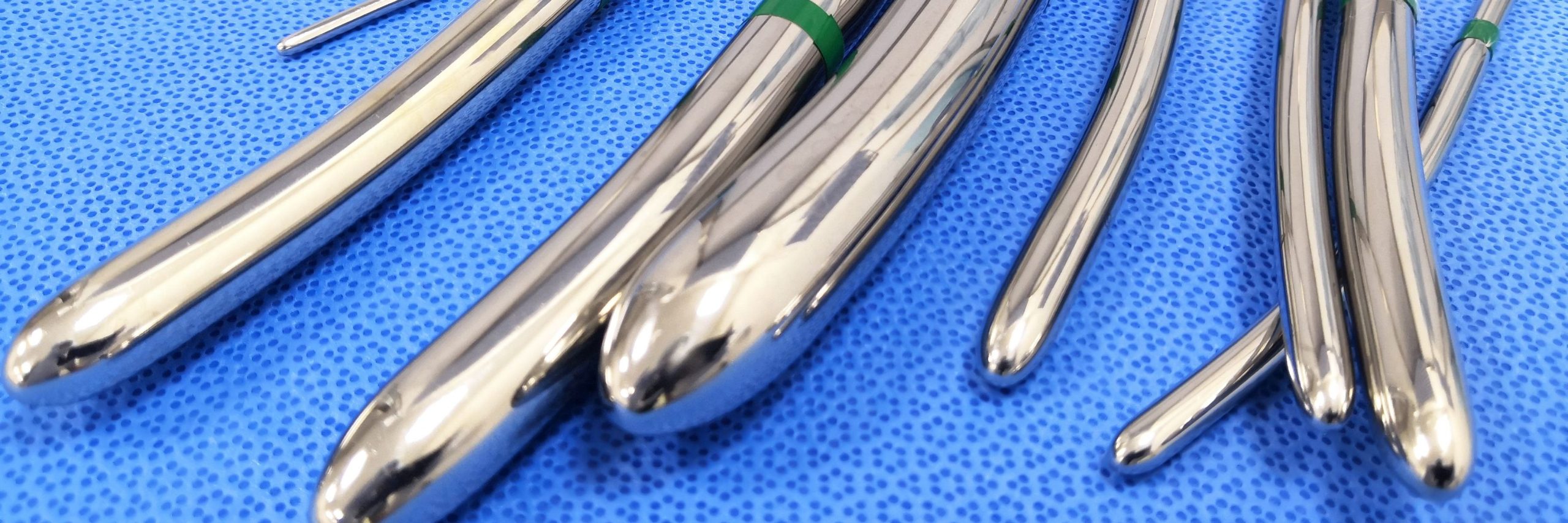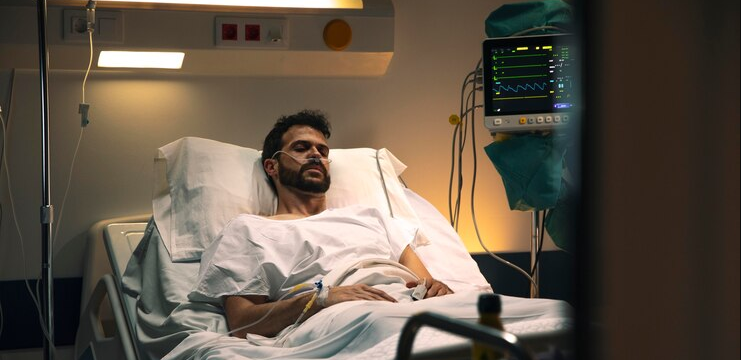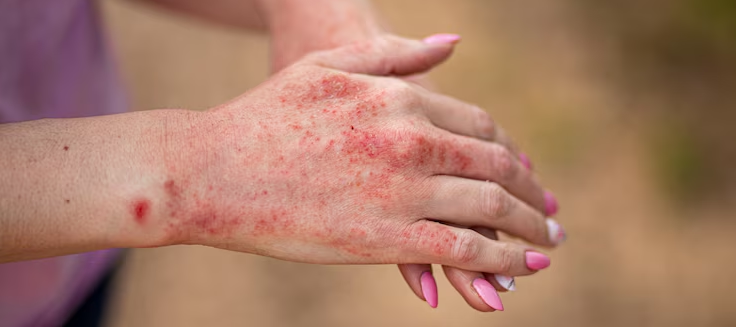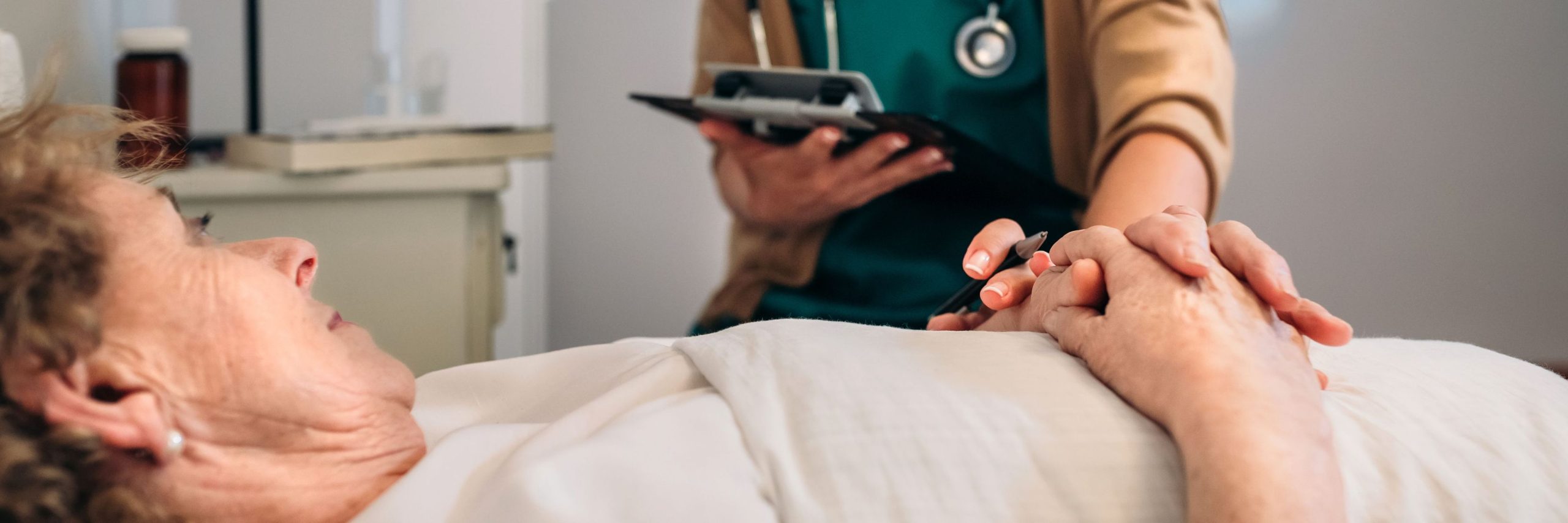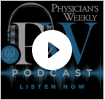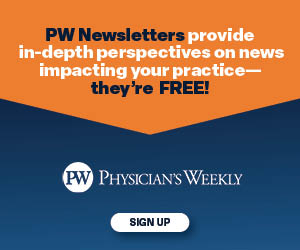Oocyte maturation arrest results in female infertility and the genetic etiology of this phenotype remains largely unknown. Previous studies have proven that cyclins play a significant role in the cell cycle both in meiosis and mitosis. Cyclin B3 (CCNB3) is one of the members of the cyclin family and its function in human oocyte maturation is poorly understood.
118 infertile patients were recruited and WES was performed for 68 independent females that experienced oocyte maturation arrest. Four mutations in CCNB3 were found and effects of these mutations were validated by Sanger sequencing and in vitro functional analyses.
We found these mutations altered the location of cyclin B3 which affected the function of cyclin dependent kinase 1 (CDK1) and led to mouse oocyte arrested at germinal vesicle (GV) stage. And then, low CDK1 activity influenced the degradation of cadherin 1 (CDH1) and the accumulation of cell division cycle 20 (CDC20) which are two types of anaphase-promoting complex/cyclosome (APC/C) activators and act in different stages of the cell cycle. Finally, APC/C activity was downregulated due to insufficient CDC20 level and resulted in oocyte metaphase I (MI) arrest. Moreover, we also found that the addition of PP1 inhibitor Okadic acid and CDK1 inhibitor Roscovitine at corresponding stages during oocyte in vitro maturation (IVM) significantly improved the maturation rates in CCNB3 mutant cRNAs injected oocytes. The above experiments were performed in mouse oocytes.
Here, we report five independent patients in which mutations in CCNB3 may be the cause of oocyte maturation arrest. Our findings shed lights on the critical role of CCNB3 in human oocyte maturation.
© 2023. BioMed Central Ltd., part of Springer Nature.


